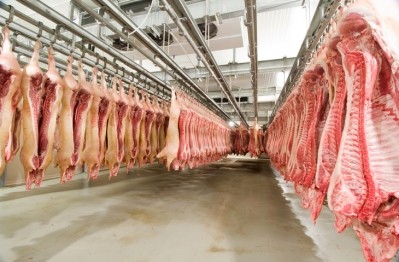Russia sends meat aid to Syria

Russia’s Regional Public Fund will be responsible for the distribution of meat to Syrians in conflict-ravaged parts of the country, like Damascus, according to the acting head of Chechnya, Ramzan Kadyrov
“According to the vice president of the fund, Ziyad Sabsabi, within three days’ meat will reach about 100,000 people in Damascus and its suburbs, in Latakia, Tartous, Aleppo and the Syrian refugee camps in Lebanon. For this purpose, 2,500 sheep, 100 calves and 10 camels have been purchased,” said Kadyrov.
He also claimed more than 500 volunteers were working on distribution of aid in Syria.
This is only a one-time delivery, which has been carried out due to the celebration of Muslim holiday Eid al-Adha. In honour of the holiday, Kadyrov also ordered the distribution of 60,000 of sheep, a similar number of cattle and 10 camels to the poor people in Chechnya and neighbouring regions of Russia.
Road of life
Russia’s Ministry of Emergency started humanitarian aid to Syria in the spring of 2012 and has spent RUB182 million (US$6m, based on the exchange rate of 2014) between 2012 and 2016, according to official information from the Russian Federal State Reserve Agency.
Russian aid is delivered in the form of so-called food packages, which, according to official information, involve four meat or fish cans per package. In the past two years, the Russian Ministry of Emergency has been delivering the same packages to the eastern regions of Ukraine, affected by the armed conflict between government troops and pro-Russian rebels.
Several reports from the Center for Reconciliation of the Opposite Sides in Syria emphasised that aid was also being delivered to regions controlled by the “soft opposition”, despite the fact the Russian Army is supporting the conflicting regime of Bashar al-Assad.
In recent months, several tonnes of food have been shipped to Aleppo, where, according to numerous reports from the UN, the situation could be considered a humanitarian crisis. The city has been under partial siege for some time, with almost no access to medical staff, water, electricity and food.
As a result, Russia calls the channel it uses to supply food to the city the “road of life”, with the average size of shipments amounting to around 15 tonnes. According to the Center for Reconciliation of the Opposite Sides, this channel is used not only for delivering of food, but also for getting citizens out of the city.


























